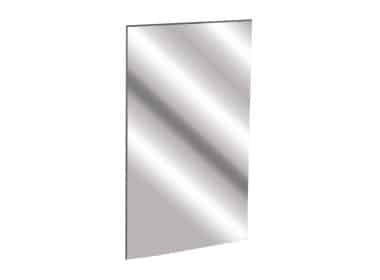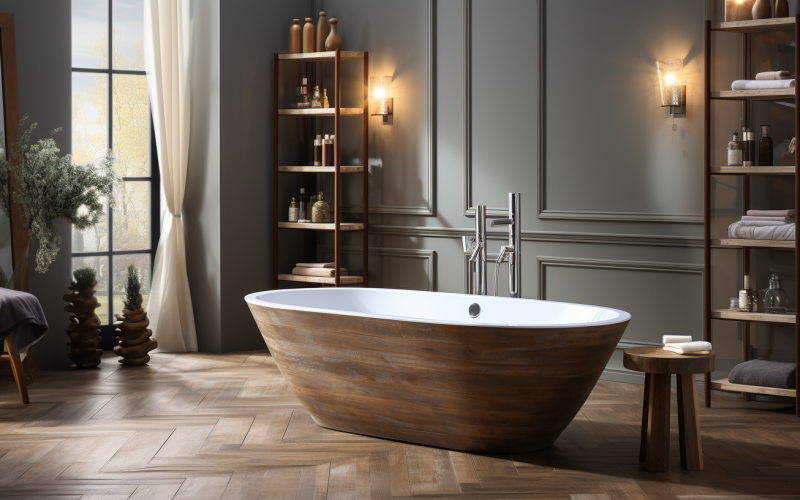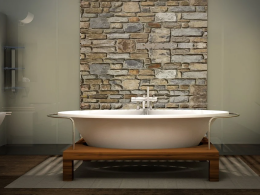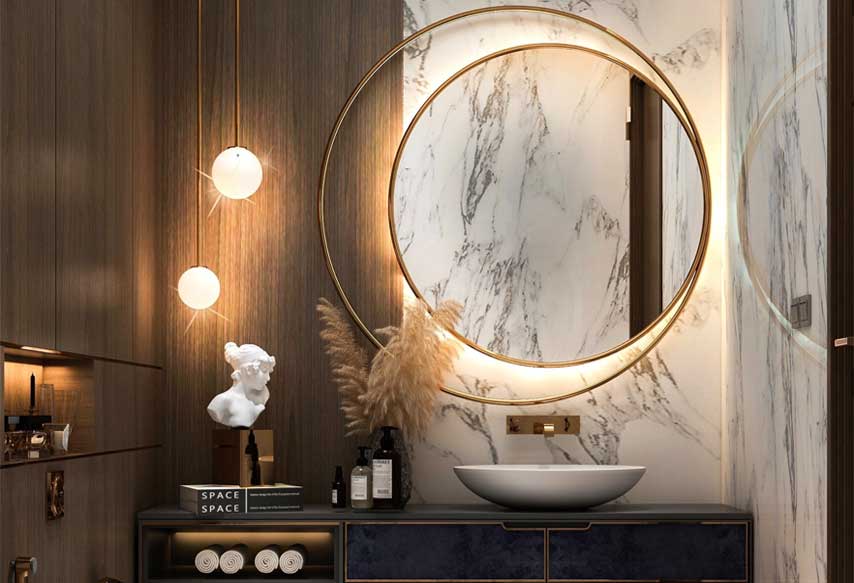A bathroom is not just a functional space but a sanctuary for relaxation and rejuvenation. Among the various elements that can transform a bathroom, a freestanding tub stands out for its elegance and timeless appeal.
Choosing the perfect freestanding tub involves considering several factors: design, material, size, and installation. This guide will help you steer these considerations to find the ideal bath for any bath space.
The Appeal of Freestanding Tubs
Freestanding baths have gained popularity due to their aesthetic appeal and versatility. Unlike built-in bathtubs, freestanding models are not confined to corners or walls, allowing for more creative placement within the bathroom.
This flexibility can enhance the visual flow of the space, making it appear more open and inviting. Additionally, the standalone nature of these tubs makes them a focal point, adding a touch of luxury and sophistication to any bathroom design.
Design and Style
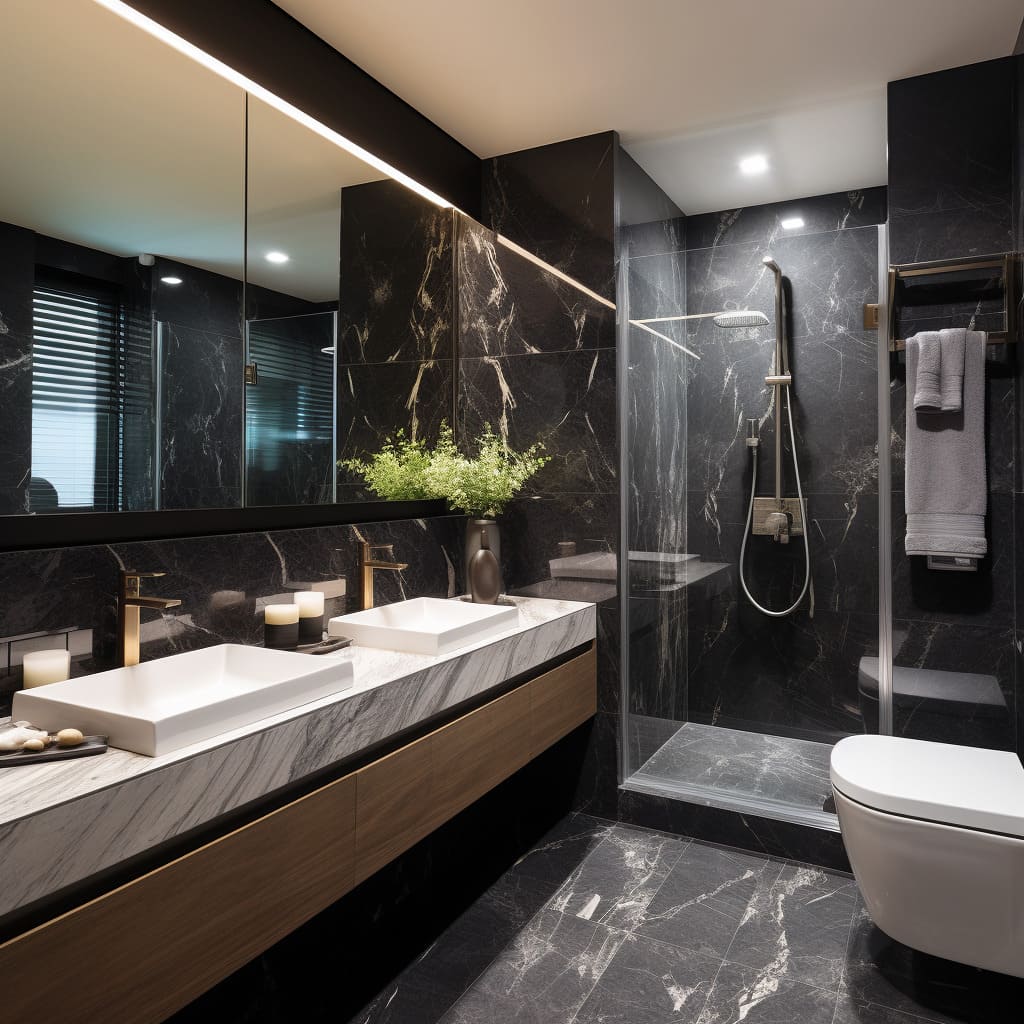
When selecting a freestanding tub, design and style are paramount. These come in various shapes and styles, each offering a distinct look and feel. For a contemporary aesthetic, sleek and angular designs are ideal. These modern bathtubs often feature clean lines and minimalistic forms, perfect for creating a chic and sophisticated bathroom.
For those who prefer a more classic or traditional look, clawfoot and pedestal bathtub are excellent choices. With their ornate feet and elegant curves, clawfoot bathtubs evoke a sense of vintage charm. Pedestal bathtubs rest on a solid base and provide a similar old-world appeal with a slightly different twist.
The slipper bathtub, characterised by a high back that offers extra support and comfort, combines traditional and modern elements. The choice of design should align with the overall style and decoration of the bathroom to create a harmonious look.
Material Matters
The material of a freestanding tub significantly affects its durability, weight, and maintenance requirements. Common materials include acrylic, cast iron, stone resin, and copper.
Acrylic: They are popular for their affordability and versatility. They are lightweight, making them easier to install, and they retain heat well, providing a warm and comfortable bathing experience.
Cast Iron is known for its durability and heat retention. It is coated with enamel, which provides a glossy, smooth finish. While heavier and more challenging to install, cast iron offers a sense of permanence and classic elegance.
Stone Resin: This luxurious option combines natural stone with resin for a durable and visually stunning result. It has a smooth, matte finish that exudes sophistication. Stone resin is also excellent at retaining heat, ensuring a long, relaxing soak.
Copper: Copper is unique and eye-catching. Over time, it develops a natural patina, adding character and charm. It also has natural antimicrobial properties, making it a hygienic choice.
Size and Proportion
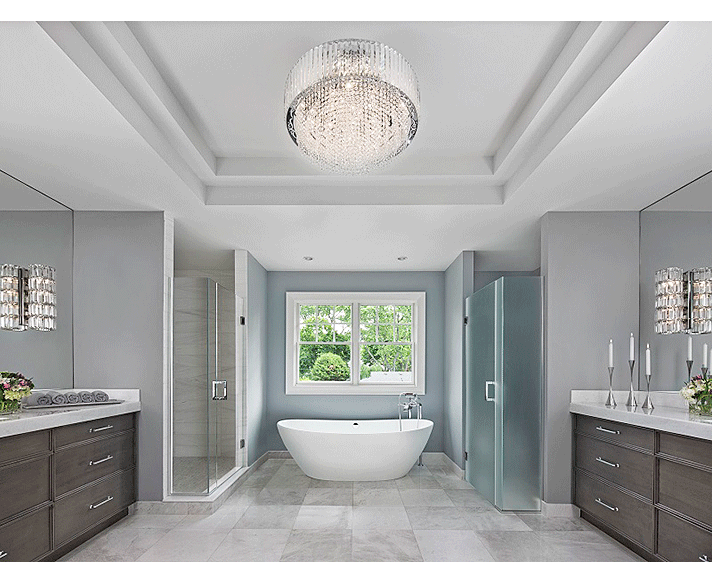
Selecting the right size for a freestanding tub is crucial for comfort and aesthetics. The tub should fit well within the bathroom without overwhelming the space. Measure the available area carefully, considering the tub’s dimensions and the necessary clearance.
For smaller bathrooms, a compact or space-saving freestanding tub can provide the luxury of a soaking experience without compromising space. An oversized tub can serve as a striking centrepiece in larger bathrooms, offering ample room for a truly indulgent bath. When considering size, also think about the depth of the tub. Deeper tubs allow for a more immersive soak, which can enhance the relaxation experience.
Installation Considerations
They require careful planning for installation. Unlike built-in tubs, freestanding bathtubs need a stable and level floor to support their weight. Depending on the material and size, some can be quite heavy, so reinforcing the floor might be necessary.
Plumbing is another critical factor. Faucets can be floor-mounted or wall-mounted. Floor-mounted faucets offer a seamless and elegant look, especially when positioned centrally in the bathroom. On the other hand, wall-mounted faucets are practical for tubs placed near a wall, combining convenience with style.
Enhancing the Bathing Experience

To truly elevate the bath space, consider additional features and accessories that enhance the freestanding tub’s functionality and comfort.
Faucets and Fixtures: Choosing the right faucets and fixtures can complement the tub’s design and improve usability. Modern waterfall faucets, vintage-inspired taps, or sleek minimalistic fixtures can all add to the aesthetic appeal.
Bath Caddies: A bath caddy provides a convenient place for essentials like soap, candles, and a book. It adds both functionality and a touch of luxury to the bathing experience.
Surrounding Décor: The area around the bathtubs can be improved with decorative elements like plants, candles, and elegant lighting.
Towels and Linens: High-quality towels and bath linens add comfort and style. Opt for plush, absorbent materials in colours that complement the bathroom’s palette.
Choosing the perfect freestanding baths involves carefully balancing design, material, size, and installation considerations. By understanding the various options and features available, it is possible to select a tub that not only meets practical needs but also enhances the bathroom’s overall aesthetic. A well-chosen freestanding tub transforms the bath space into a luxurious retreat, offering a sanctuary for relaxation and rejuvenation.




